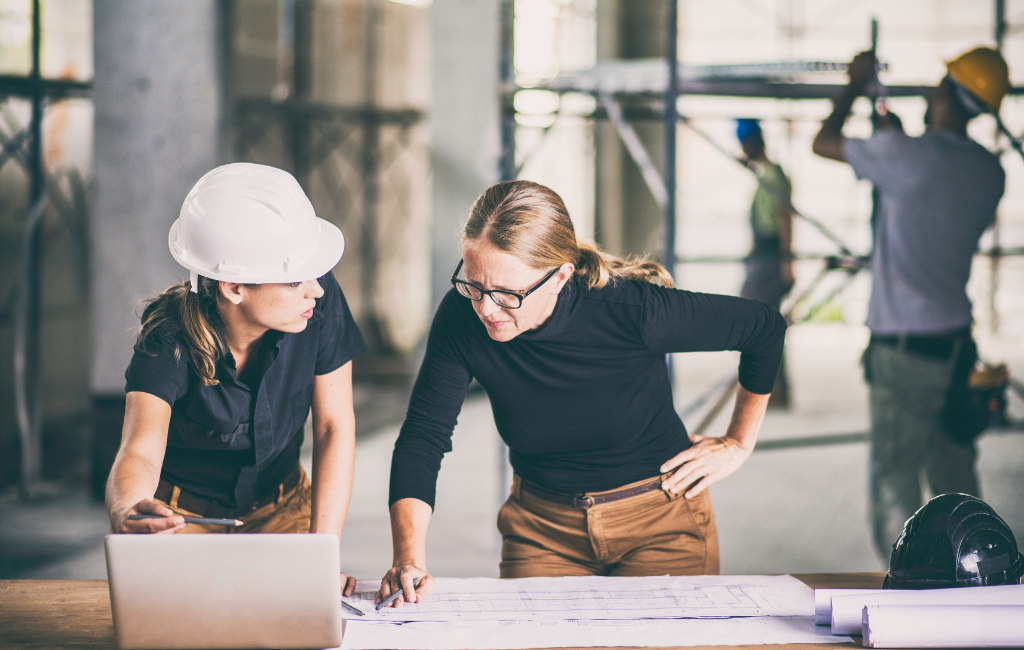Architect Ideas: Crafting Unique Spaces
In the ever-evolving field of architecture, the creation of unique spaces stands as a testament to innovation and creativity. Architects are constantly challenged to design environments that not only meet functional needs but also inspire and captivate. This article explores various ideas and strategies that architects employ to craft spaces that are both distinctive and meaningful.
Understanding the Context
Every architectural project begins with a deep understanding of its context. This involves analyzing the geographical location, cultural background, and historical significance of the site. By doing so, architects can create designs that resonate with the environment and the people who will interact with the space.
For instance, the Louvre Abu Dhabi, designed by Jean Nouvel, is a prime example of contextual architecture. The museum’s dome, inspired by traditional Arabic architecture, creates a ‘rain of light’ effect, blending modern design with cultural heritage.
Incorporating Sustainable Practices
Sustainability has become a cornerstone of modern architecture. Architects are increasingly integrating eco-friendly practices into their designs to minimize environmental impact. This includes using sustainable materials, optimizing energy efficiency, and incorporating green spaces.
- Utilizing recycled or locally sourced materials
- Implementing passive solar design techniques
- Incorporating green roofs and walls
- Designing for natural ventilation and lighting
The Bosco Verticale in Milan, designed by Stefano Boeri, exemplifies sustainable architecture. These residential towers are covered with over 900 trees and 5,000 shrubs, improving air quality and providing a habitat for wildlife.
Embracing Technology
Technology plays a pivotal role in shaping modern architectural designs. From advanced software for 3D modeling to smart building systems, technology enables architects to push the boundaries of creativity and functionality.
One notable example is the Edge in Amsterdam, often referred to as the smartest building in the world. It uses a network of sensors to optimize energy use, lighting, and climate control, creating a highly efficient and comfortable environment for its occupants.
Fostering Human Connection
Architecture has the power to influence human behavior and interaction. By designing spaces that encourage social engagement, architects can enhance the quality of life for individuals and communities.
The High Line in New York City is a successful case study of urban renewal. This elevated linear park, transformed from a disused railway track, provides a unique public space that fosters community interaction and cultural activities.
Exploring Innovative Materials
The choice of materials can significantly impact the aesthetic and functionality of a space. Architects are continually experimenting with new materials to create unique textures, colors, and forms.
For example, the use of cross-laminated timber (CLT) is gaining popularity for its strength, sustainability, and aesthetic appeal. The Dalston Works in London, the largest CLT building in the world, showcases the potential of this innovative material.
Balancing Form and Function
Achieving a balance between form and function is a fundamental principle in architecture. While aesthetics are important, the functionality of a space must not be compromised. Architects strive to create designs that are both beautiful and practical.
The Sydney Opera House, designed by Jørn Utzon, is an iconic example of this balance. Its striking form is complemented by its functionality as a world-class performing arts venue.
Conclusion
Crafting unique spaces in architecture requires a blend of creativity, innovation, and a deep understanding of various factors. By considering context, sustainability, technology, human connection, materials, and the balance of form and function, architects can create spaces that are not only visually stunning but also meaningful and impactful. These principles guide the creation of environments that inspire and enhance the human experience.
